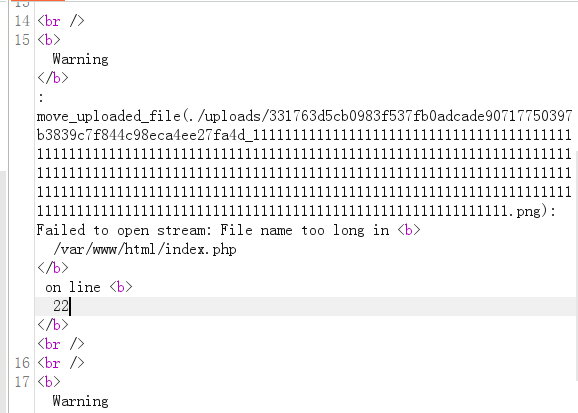1
2
3
4
5
6
7
8
9
10
11
12
13
14
15
16
17
18
19
20
21
22
23
24
25
26
27
28
29
30
31
32
33
34
35
36
37
38
39
40
41
42
43
44
45
46
47
48
49
50
51
52
53
54
55
56
57
58
59
60
61
62
63
64
65
66
67
68
69
70
71
72
73
74
75
76
77
78
79
80
81
82
83
84
85
86
87
88
89
90
91
92
93
94
95
96
97
98
99
100
101
102
103
104
105
106
107
108
109
110
111
112
113
114
115
116
117
118
| import flask
from flask import Flask, render_template, request, url_for
import jwt
from lxml import etree
import os
import re
import tempfile
app = Flask(__name__)
FLAG = os.environ.get('FLAG') or 'wcft{fake-flag}'
FLAGUSER_PASSWORD = os.environ.get('FLAGUSER_PASSWORD') or 'fake-password'
JWT_SECRET = os.environ.get('JWT_SECRET') or 'secret'
JWT_ALG = 'HS256'
JWT_COOKIE = 'appdata'
@app.route('/')
def root():
return render_template("index.html")
@app.route('/secret-welcome-935734', methods=['GET'])
def secret_welcome():
auth = request.authorization
if auth is None or auth.username != 'flaguser' or auth.password != FLAGUSER_PASSWORD:
resp = flask.Response('Please provide the right credentials to get the flag')
resp.headers['WWW-Authenticate'] = 'Basic'
return resp, 401
return f'Congrats, here is your flag: {FLAG}'
@app.route('/welcome', methods=['GET'])
def welcome():
cookie = request.cookies.get(JWT_COOKIE)
if not cookie:
return f'Error: missing {JWT_COOKIE} cookie value'
try:
jwtData = jwt.decode(cookie, JWT_SECRET, algorithms=[JWT_ALG])
except:
return 'Error: unable to decode JWT cookie', 400
data = jwtData['data']
if not data:
return 'Error: missing data field from decoded JWT', 400
xmlText = str(data)
if '&' in xmlText:
return 'Error: No entity references please', 400
if '%' in xmlText:
return 'Error: No parameter file entities please', 400
tmp = tempfile.NamedTemporaryFile()
with open(tmp.name, 'w') as f:
f.write(xmlText)
try:
parser = etree.XMLParser(resolve_entities=False)
xmlDoc = etree.parse(tmp.name, parser=parser)
xmlDoc.xinclude()
except Exception as e:
print('XML Error:', e)
return 'Error: Error parsing XML', 400
usernameElement = xmlDoc.find('username')
if usernameElement is None:
return 'Error: Missing username element in XML', 400
username = usernameElement.text
return render_template("welcome.html", username=username)
@app.route('/register', methods=['POST'])
def register():
username = request.form.get('username')
if not username:
return 'Error: username is required', 400
username = str(username)
if not re.match('^[a-z] $', username):
return 'Error: username must be only lowercase letters', 400
if len(username) < 3:
return 'Error: username must be at least 3 letters', 400
if len(username) > 20:
return 'Error: username must be no longer than 20 letters', 400
xml = f'<data><username>{username}</username></data>'
jwtData = {"data": xml}
cookie = jwt.encode(jwtData, JWT_SECRET, algorithm=JWT_ALG)
response = flask.make_response(f'hello {username}')
response.set_cookie(JWT_COOKIE, cookie)
response.headers['location'] = url_for('welcome')
return response, 302
if __name__ == "__main__":
app.run(debug=False)
|

